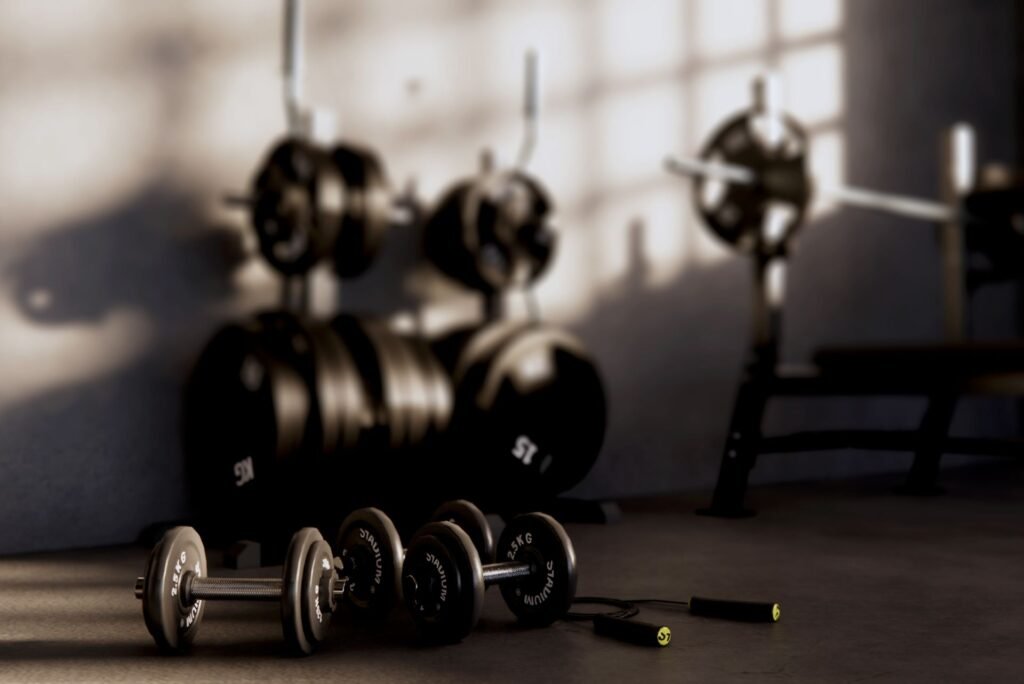In the ever-evolving fitness industry, fitness equipment suppliers and gym equipment factories play a vital role in providing the necessary tools for individuals and businesses to achieve their health and wellness goals. However, these suppliers and factories face numerous challenges that can hinder their success and growth. In this article, we will examine the obstacles encountered by fitness equipment suppliers and gym equipment factories, analyze market competition and pricing pressures, discuss the importance of ensuring product quality and meeting customer demands, and explore the strategies adopted by suppliers and factories to overcome these challenges.
One of the major challenges faced by fitness equipment suppliers and gym equipment factories is the intense competition in the market. With the rising demand for fitness equipment, new players continuously enter the industry, increasing the competition for market share. Established suppliers and factories find themselves competing against both large corporations and smaller, agile companies that offer innovative products and competitive pricing. This competitive landscape puts pressure on suppliers and factories to constantly innovate and differentiate their products to stay ahead.
Moreover, pricing pressures pose a significant challenge for fitness equipment suppliers and gym equipment factories. Consumers, especially in a highly price-sensitive market, often look for the best deals and discounts when purchasing fitness equipment. This leads to intense price competition among suppliers and factories, resulting in lower profit margins. To combat this challenge, suppliers and factories need to find a balance between offering competitive prices and maintaining profitability, which requires efficient cost management and strategic pricing strategies.
Another crucial aspect for fitness equipment suppliers and gym equipment factories is ensuring product quality. Quality is a paramount factor for customers when selecting fitness equipment, as it directly impacts the user experience, safety, and durability. Poor quality equipment can lead to accidents, customer dissatisfaction, and damage to the brand reputation. To overcome this challenge, suppliers and factories must invest in rigorous quality control processes, adhere to industry standards and certifications, and collaborate with reputable suppliers for raw materials. By prioritizing quality, suppliers and factories can build trust and loyalty among customers, leading to repeat business and positive word-of-mouth recommendations.
Meeting customer demands is also a significant challenge for fitness equipment suppliers and gym equipment factories. In today’s fitness landscape, customers have diverse needs and preferences. Some may be looking for high-tech equipment with advanced features, while others prioritize simplicity and functionality. Suppliers and factories must conduct market research and closely monitor trends to understand customer demands and preferences. By staying informed about the latest fitness trends and consumer preferences, suppliers and factories can develop and offer products that align with the market demands, thereby gaining a competitive edge.
Staying ahead of industry trends is crucial for fitness equipment suppliers and gym equipment factories. The fitness industry is highly dynamic, with new trends and technologies emerging frequently. For instance, the increasing popularity of virtual fitness experiences and connected devices has reshaped the market. To overcome this challenge, suppliers and factories need to stay abreast of industry developments, attend trade shows and conferences, and foster partnerships with research institutions and technology providers. By embracing innovation and adopting new technologies, suppliers and factories can position themselves as industry leaders and offer cutting-edge solutions to customers.
To overcome the challenges mentioned above, fitness equipment suppliers and gym equipment factory have adopted various strategies. Firstly, many suppliers and factories focus on building strong relationships with their customers. This includes providing exceptional customer service, offering personalized solutions, and establishing long-term partnerships. By understanding their customers’ needs and building trust, suppliers and factories can enhance customer loyalty and differentiate themselves from competitors.
Secondly, suppliers and factories have been investing in research and development to continuously improve their products. By incorporating customer feedback and market insights into product development processes, suppliers and factories can create innovative and high-quality equipment that meets evolving customer demands. This not only helps them stay ahead of the competition but also ensures customer satisfaction and loyalty.
Furthermore, collaboration and partnerships are essential strategies for fitness equipment suppliers and gym equipment factories. By collaborating with gyms, fitness studios, and health clubs, suppliers and factories can gain access to a wider customer base and benefit from increased visibility. Strategic partnerships with complementary businesses, such as technology companies or fitness influencers, can also help suppliers and factories reach new markets and leverage their expertise for mutual growth.
In conclusion, fitness equipment suppliers and gym equipment factories face various challenges in the competitive fitness industry. Market competition, pricing pressures, ensuring product quality, meeting customer demands, and staying ahead of industry trends are among the key obstacles. However, by adopting strategies such as building strong customer relationships, investing in research and development, and fostering collaborations and partnerships, suppliers and factories can overcome these challenges and thrive in the dynamic fitness equipment market. By continuously innovating and delivering high-quality products, fitness equipment suppliers and gym equipment factories can contribute to the health and wellness goals of individuals and businesses alike.
